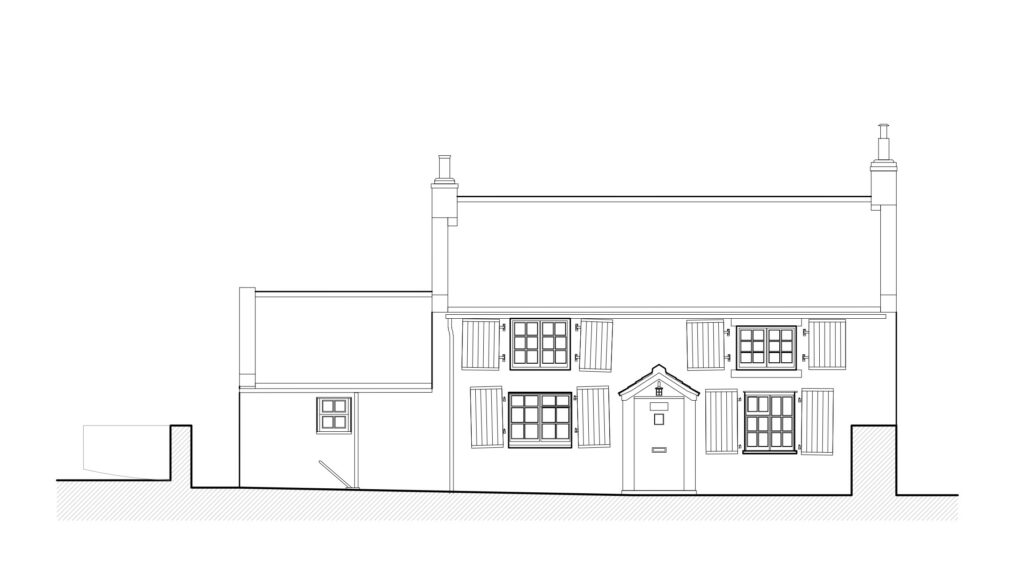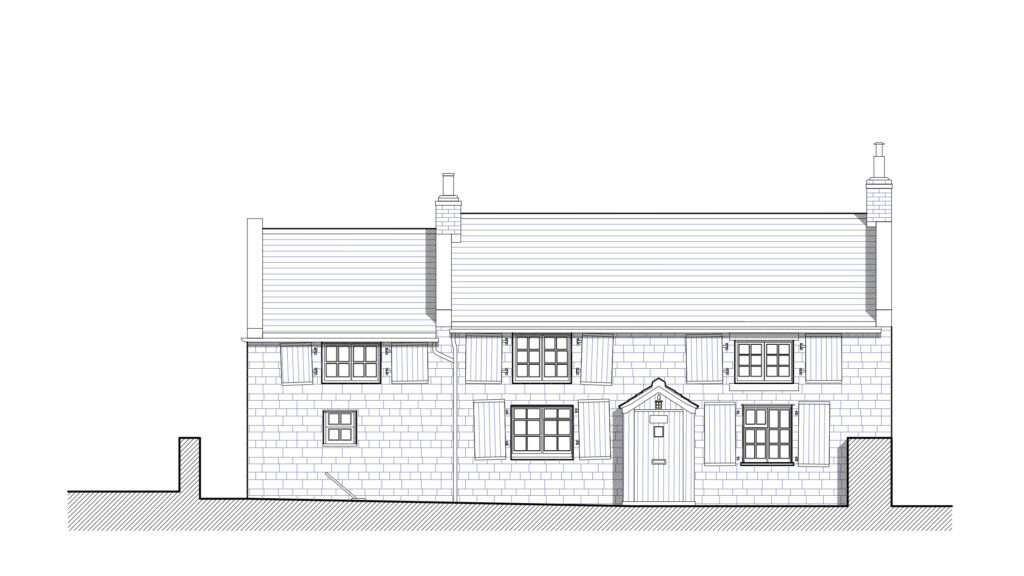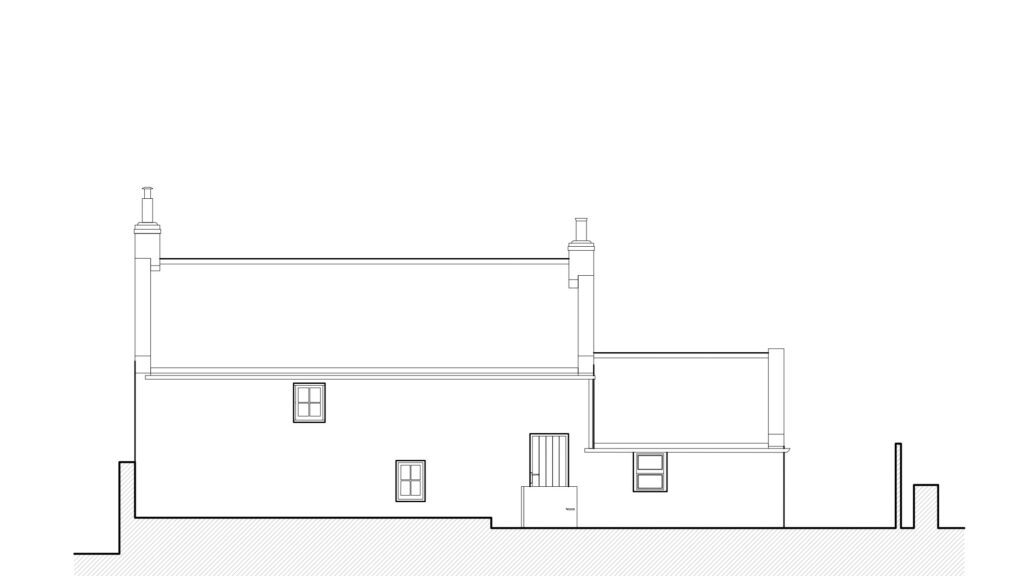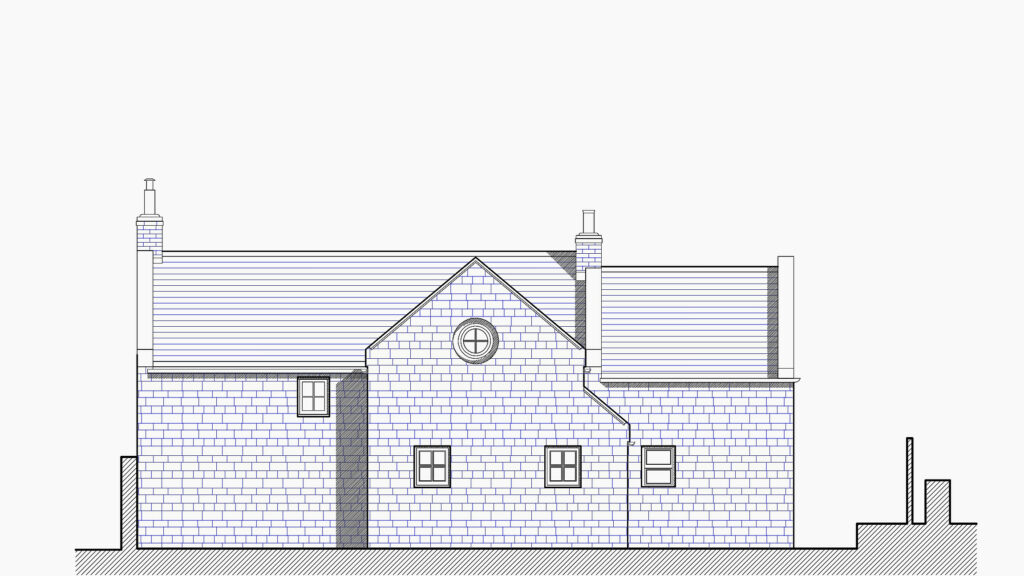Nestled along the stunning coast of North Yorkshire lies the charming village of Sandsend, oozing with timeless appeal that whisks visitors away to a bygone era. And right at the heart of this captivating village stands the remarkable Sea View Cottage, a true hidden gem steeped in rich heritage. This incredible Grade II listed building has stood the test of time, bearing witness to centuries gone by, and proudly showcasing Sandsend’s enthralling history and architectural splendor. So, in this blog post, let’s dive into the significance of listed building consent in Whitby and explore the fascinating proposal, design, and historical aspects surrounding the preservation of Sea View Cottage.
Listed building consent plays a crucial role in safeguarding our historical structures and their surroundings. It ensures that any proposed changes or additions to a listed building, like our beloved Sea View Cottage, adhere to strict preservation guidelines. Being designated as Grade II listed signifies that a building holds special architectural or historical importance, deserving utmost care and protection for future generations to treasure.
Sea View Cottage finds its home within the enchanting Sandsend Conservation Area, which boasts a remarkable fusion of architectural styles and scales. Originally known as a humble fishing village, Sandsend flourished with the arrival of alum works in the 18th and 19th centuries, followed by a surge in Victorian tourism. Sea View Cottage, believed to have originated in the late 18th century, may have been closely tied to the alum workers or the bustling fishing community of that time.
Situated in the characterful Parade area of the Conservation Area, Sea View Cottage proudly displays an alluring blend of building styles, materials, and historical elements. Its charming stone facade, traditional pantile roof, and captivating windows provide glimpses into its storied past. Positioned right on the seafront, the cottage commands attention, making any proposed alterations highly visible within the local landscape.
Considering its rich history, any alterations to this house had to be respectful of its heritage. Our proposed design aimed to match the aesthetic by utilizing locally sourced natural stone, ensuring it harmonizes seamlessly with the prevailing architectural styles, glazing patterns, and sizes found in the Parade area.
It was equally important to ensure that the proposed alterations were in proportion with the historic cottage, respecting its scale and massing. Striking a careful balance between preserving the past and embracing thoughtful design was crucial in securing the long-term viable use of the house.
Naturally, our proposal retained many of the historic features, such as the external coal chute, internal chimney breast, and external roof truss, preserving the cottage’s unique character and charm.
These exciting proposals ultimately granted our client a whopping 32m2 of additional gross internal area, creating space for an extra master bedroom, a spacious bathroom, and a convenient ground floor utility/boot room.
We are eagerly looking forward to witnessing this incredible project come to life! The journey of securing listed building consent has been both challenging and rewarding, and we are proud to have played our part in preserving the remarkable heritage of Sea View Cottage.




